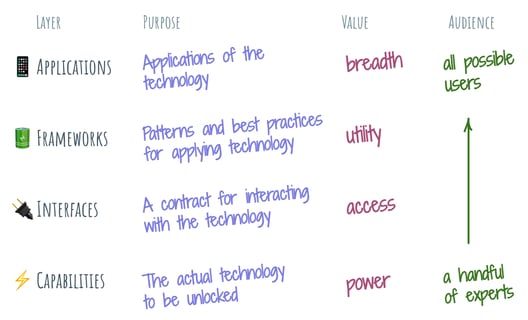Digital Pharmacist Digest - 👉 Nudge intervention in electronic health records, explainable AI, and more
8th June, 2023
Kevin Sam
2 min read
Hiya 👋
We’re back with another edition of the digital pharmacist digest!
Here are this week's links that are worth your time.
Are you enjoying this digest? It would mean a lot if you'd consider forwarding it on to someone that you think would also appreciate it!
Thanks for reading,
Kevin
📖What I'm reading
🩺💻 Health informatics and 🩺Patient Safety - Effectiveness of non-interruptive nudge interventions in electronic health records to improve the delivery of care in hospitals: a systematic review
"Nudges can be implemented in EHRs to improve care delivery within current system capabilities; however, as with all digital interventions, careful consideration of the sociotechnical system is crucial to enhance their effectiveness."
"An improvement in care delivery was reported for 79.2% (n = 19; 95% CI, 59.5–90.8) of nudges. Nudges applied were from 5 of 9 possible nudge categories: change choice defaults (n = 9), make information visible (n = 6), change range or composition of options (n = 5), provide reminders (n = 2), and change option-related effort (n = 2). Only one study had a low risk of bias. Nudges targeted ordering of medications, laboratory tests, imaging, and appropriateness of care. Few studies evaluated long-term effects."
🩺💻 Health informatics and 🤖 Artificial Intelligence - Artificial Intelligence for Clinical Decision Support in Acute Ischemic Stroke: A Systematic Review
"First, we caution researchers to better adhere to best practices in model development such as data splitting and hyper-parameter tuning. ... Researchers should involve clinical practitioners in the design process from the early stages of model development to ensure feasibility in daily clinical practice. Researchers must also review, implement and report on relevant trustworthy and reliability considerations such as technical robustness and transparency prescribed by, for example, the EU Ethics Guidelines for Trustworthy AI."
"we encourage funders to prioritize projects that focus on decision support tools with a clear outline of feasible integration into real-life clinical care, including angles of trustworthiness, usability, technical robustness, and data governance. Specific considerations of stroke care such as acute, timely predictions, inclusion of neuroimaging, and an absolute user-centered approach to effectively unburden medical professionals should be taken into account and evaluated by a multidisciplinary team of AI scientists and engineers, clinicians, and ethicists."
🩺💻 Health informatics and 🤖 Artificial Intelligence - Solving the explainable AI conundrum by bridging clinicians’ needs and developers’ goals
"Explainable artificial intelligence (XAI) has emerged as a promising solution for addressing the implementation challenges of AI/ML in healthcare. However, little is known about how developers and clinicians interpret XAI and what conflicting goals and requirements they may have. This paper presents the findings of a longitudinal multi-method study involving 112 developers and clinicians co-designing an XAI solution for a clinical decision support system. Our study identifies three key differences between developer and clinician mental models of XAI, including opposing goals (model interpretability vs. clinical plausibility), different sources of truth (data vs. patient), and the role of exploring new vs. exploiting old knowledge. Based on our findings, we propose design solutions that can help address the XAI conundrum in healthcare, including the use of causal inference models, personalized explanations, and ambidexterity between exploration and exploitation mindsets. Our study highlights the importance of considering the perspectives of both developers and clinicians in the design of XAI systems and provides practical recommendations for improving the effectiveness and usability of XAI in healthcare."
👨💻 Product management - Four layers for every new technology
"There seems to be some layering rhythm to how software capabilities are harnessed to become applications. Every new technology tends to grow these four layers: Capabilities, Interfaces, Frameworks, and Applications."
Any comments provided are personal in nature and do not represent the views of any employer
Stay up-to-date with the Digital Pharmacist Digest
Any comments provided are personal in nature and do not represent the views of any employer


